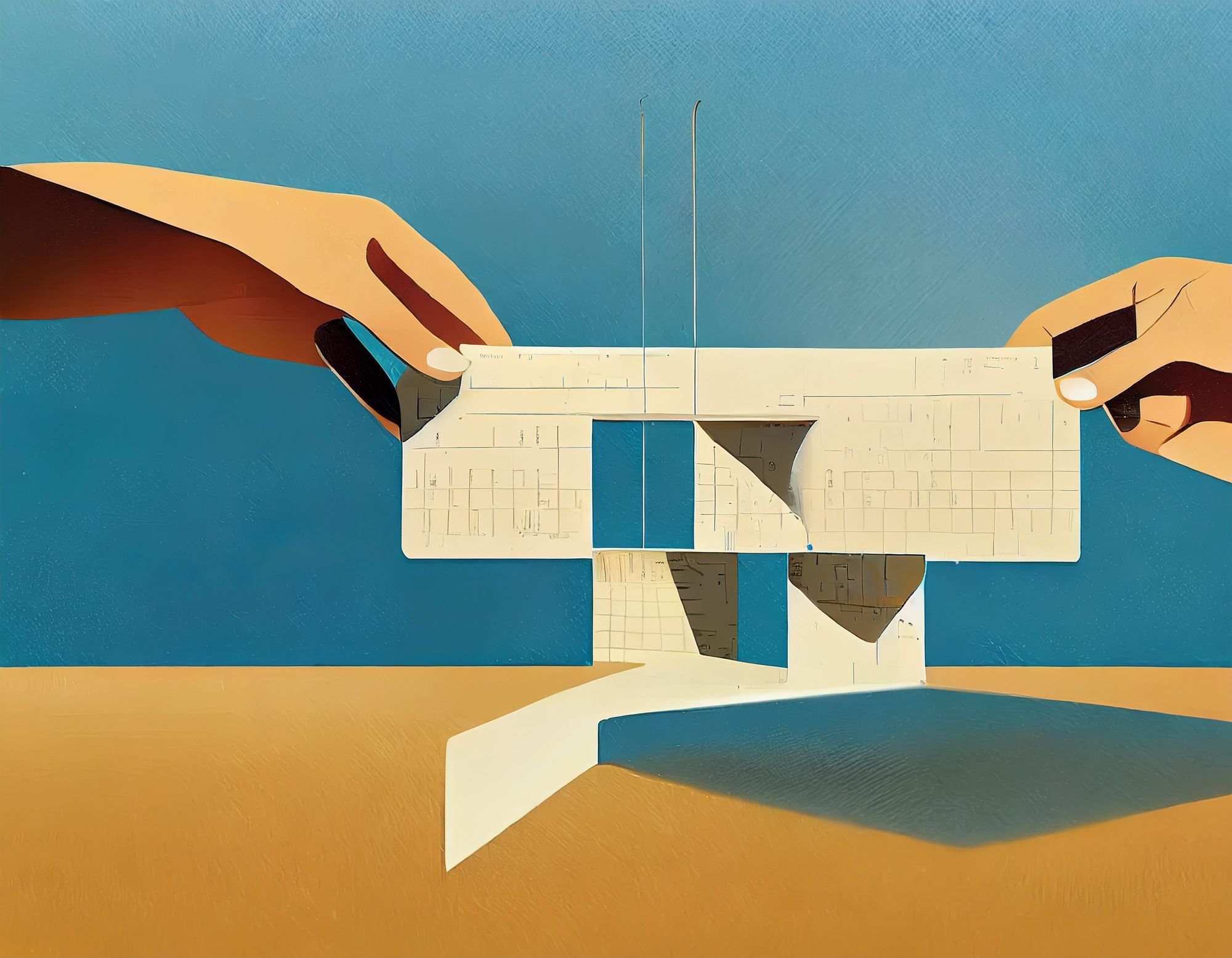Rapid Prototyping Guide: Fast-Track Your Product Development

Over ten years ago, I met Tom Chi from Google and Yahoo, who introduced me to Rapid Prototyping. And wow! It changed everything for me around the topics of innovation and product development. Prototyping is the best way to discover if your product is worth building.
Rapid prototyping for a new product allows you to iterate and test ideas to refine your concept efficiently and quickly.
Here's a step-by-step guide to help you through the process:
Step 1: Define the Purpose and Scope
- Clearly define the purpose of the prototype and the specific aspects you want to test. Determine the prototype's scope and what you aim to learn from it.
Step 2: Gather Requirements and Ideas
- Gather requirements from stakeholders and ideas from your team. Brainstorm potential solutions and features that could address the defined problem or opportunity.
Step 3: Choose the Right Prototyping Method
Select the appropriate prototyping method based on your goals and resources. Standard rapid prototyping methods include:
- Paper Prototyping: Sketch rough designs on paper to visualize the product's user interface and interactions.
- Digital Prototyping: Use prototyping tools (e.g., Figma, Sketch, Adobe XD) to create interactive wireframes or mockups.
- 3D Printing: If applicable, create physical prototypes to visualize the product's form and test basic functionality.
Step 4: Develop the Prototype
- Start building the prototype based on the chosen method. Focus on creating a basic version that can be tested quickly and easily.
Step 5: Test the Prototype
- Conduct usability testing and gather feedback from target users or stakeholders. Observe how they interact with the prototype and identify areas for improvement.
Step 6: Analyze Feedback and Iterate
- Analyze the feedback received during testing. Identify patterns, pain points, and potential enhancements. Use this data to inform the next iteration of the prototype.
Step 7: Refine and Repeat
- Based on the analysis, make necessary improvements and updates to the prototype. Continue the testing cycle, analyzing feedback and iterating until you achieve a satisfactory solution.
Step 8: Involve Cross-Functional Teams
- Collaborate with cross-functional teams, including designers, engineers, marketers, and product managers. Their diverse perspectives can lead to more comprehensive prototyping and better outcomes.
Step 9: Document the Process
- Keep track of the prototyping process, feedback received, and changes made. This documentation can be valuable for future reference and to communicate progress to stakeholders.
Step 10: Validate with Potential Customers
- Once you have refined the prototype, validate it with potential customers or users. Gather their feedback to assess your new product's viability and possible market fit.
Examples of Rapid Prototyping in Product Development:
Google's "Pencil and Paper" Prototypes: Google's design team often starts with low-fidelity sketches and paper prototypes to quickly explore various ideas before moving to digital prototypes.
Apple's Product Prototypes: Apple is known for its iterative and rapid prototyping approach. The company creates numerous physical and digital prototypes to test different product features and designs.
Suggested Reading:
"Sprint: How to Solve Big Problems and Test New Ideas in Just Five Days" by Jake Knapp, John Zeratsky, and Braden Kowitz - This book introduces the concept of design sprints, a structured approach to rapid prototyping and testing.
"Don't Make Me Think: A Common Sense Approach to Web Usability" by Steve Krug - Although primarily focused on web usability, this book offers insights into designing intuitive prototypes and user testing.
"Prototyping and Modelmaking for Product Design" by Bjarki Hallgrimsson - This book provides a comprehensive guide to various prototyping methods and techniques used in product design.
Remember that rapid prototyping is a flexible and dynamic process that allows you to explore and validate ideas quickly. Embrace experimentation, stay open to feedback, and be ready to iterate to create a successful new product.
